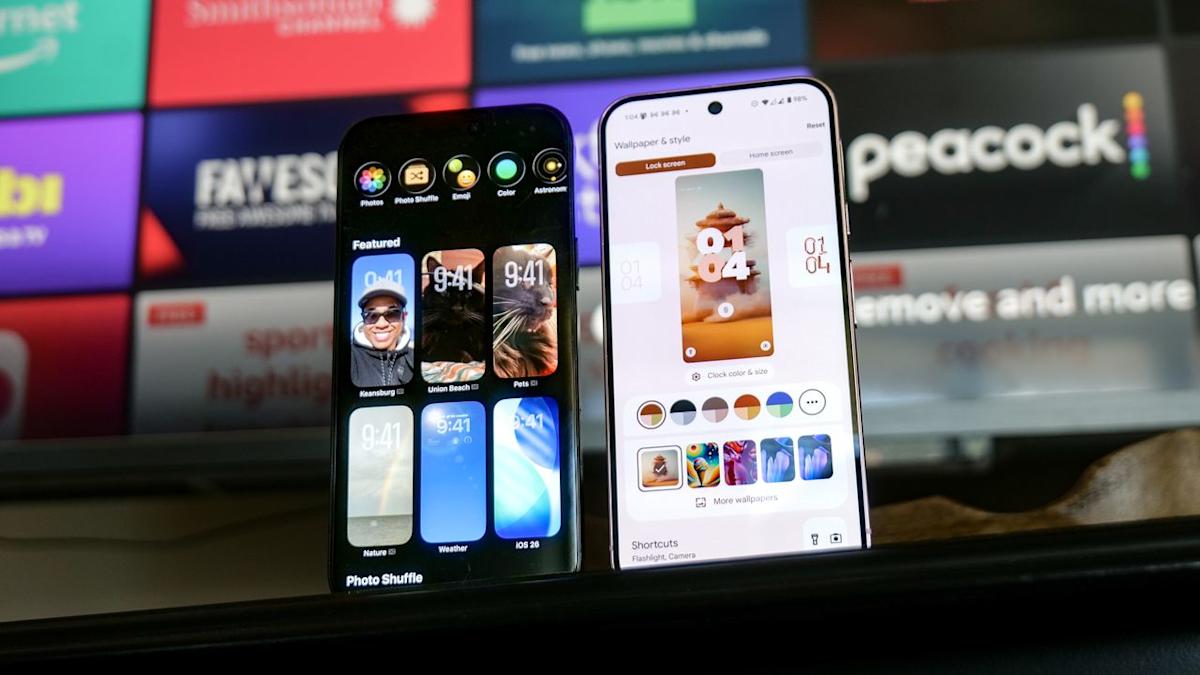iOS 26 and Android 16 Lock Screen Customization: A Comparative Analysis

A recent examination comparing the lock screen customization capabilities of Apple’s iOS 26 and Google’s Android 16 reveals notable strengths on both platforms as Apple continues to incorporate features previously dominant in Android operating systems. The comparison, conducted using an iPhone 16 Pro Max running iOS 26 beta and a Pixel 9 Pro XL with Android 16 installed, assessed various customization options across several categories.
The lock screen’s increasing importance extends beyond functionality, serving as a form of personal expression. Initial setup involves selecting a wallpaper; Android 16 allows customization through a long press on the lock screen or via system settings under “Wallpaper & Style.” Users can select from preloaded images or utilize their own gallery and explore options like an emoji workshop and an AI-powered wallpaper generator, which offers expansive possibilities based on user-defined keywords. iOS 26 presents a “Photo Shuffle” feature that automatically curates photos based on chosen categories, simplifying the process for users. The depth of customization available in iOS 26’s wallpapers proved particularly impressive to the reviewer.
Shortcuts, enabling quicker access to applications and actions without unlocking the device, are also customizable. Both iOS 26 and Android 16 provide this functionality, though limited to a maximum of two shortcuts per lock screen, positioned in the lower corners. A surprising limitation noted was the reduced number of available options on Android 16’s lock screen, offering only basic functionalities such as camera, flashlight, and mute, without custom shortcut creation capabilities – a departure from Android’s historical emphasis on user interface control.
While widgets were a defining characteristic of earlier Android versions, differentiating it from iOS, the current iteration presents an unexpected scenario. The latest Android 16 update lacks widget support on the lock screen, although Google has announced plans for a summer release to rectify this omission; some devices, such as a Galaxy Z Flip 7 running Android 16, already possess this functionality. In contrast, iOS 26 allows for selection of up to two widgets.
Beyond core customization options, iOS 26 offers additional features like spatial scene creation with wallpapers, filter effects, and the ability to link lock screens to specific focus modes.
Overall Category Winners:
- Wallpaper Customization: iOS 26
- Shortcut Functionality: iOS 26
- Widget Support: Android 16









